Fans of luxury foods know that Iran is the main source of two very expensive foodstuffs in the world, caviar and saffron. Many spice companies in the world hope to find a way to take a small share in the profitable business of these two food products. In this article, we will try to introduce you to the challenges of entering the saffron business.
Iran is still by far the top saffron producer
Despite the production of about 300 tons of saffron every year, of which about 90% is Iran’s share, the growing demand for this royal spice continues to increase, and many smart and agile buyers hope to be able to enter into the competitive environment of Iranian saffron market and take it to their country more than other rivals.
The main importer of Iranian saffron
Chinese, Indian, Arab, Spanish, and even the United States spice merchants, who know that saffron production in other countries cannot compete with Iranian saffron in terms of quality and quantity, every year wait for the first days of autumn, as the first saffron harvest period, to check the latest news about fresh crops in Iran, specifically Khorassaan province. Based on that news, saffron dealers update their new strategies and prices.
Most international saffron customers know that American sanctions on Iran made it difficult the process of buying Iranian domestic products. Mentioning Iran as the country of origin for the saffron products will impede the entrance of those products into the United States. Even U.S. Citizens are not allowed to import Iranian saffron. So, today, international businessmen face great problems in making deals with their Iranian counterparts. Consequently, this restriction for others has become a great opportunity for Chinese businessmen who comfortably go to Iran and directly buy from Iranian Saffron Companies.
2023 statistics
According to the spokesman for Industry, Mine and Trade House of the Trade Promotion Commission of Iran, more than 81,521 kilograms of saffron worth 87,990,000 dollars have been exported to 47 countries in the first five months of this Iranian year (From 21 March to 22 August 2023). The first destination of Iran’s saffron exports of the year was China with the purchase of 28,447 kilograms worth 33,327,691 dollars.
Other destinations of Iran’s red gold in the same period include The United Arab Emirates (19,116 kilograms of saffron worth 21, 33,000 dollars), Spain (15,513 kilograms worth 15,925,000 dollars), Qatar ( 1,123 kilograms worth 7.1 million dollars) and Afghanistan (5,583 kilograms of saffron worth 5,348,000 dollars.
As the latest reports show that saffron production in Spain is less than 1 ton ( 450 kg for 2022), most of what you know as Spanish saffron is Iranian.
The list goes on with Italy ( 2,304 kilograms worth 1,791,000 dollars), Oman (1,82 kilograms worth 1,473,000 dollars), France (907 kilograms worth 917,000 dollars), India (696 kilograms worth 715,000 dollars), Kuwait ( 629 kg worth 643 thousand dollars ).
Germany, Holland, England, Belgium, Canada, Bahrain, Hong Kong, Australia, Taiwan, Sweden, Turkey, Malaysia, Switzerland, Russia, Kazakhstan, Vietnam, Mauritius, Singapore, Thailand, Norway, Romania, Japan, Bangladesh, Austria, South Africa, Pakistan, Philippines, New Zealand, Jordan, Indonesia, Croatia, Brazil, Ireland, Denmark, Korea, Bosnia and Herzegovina and Georgia were the 11th to 47th destinations of Iranian saffron exports in the period.
Toward retail
As you can see, even though Iran is under the most severe sanctions of the United States, and even though it is a difficult process to provide a natural product to enter Europe and the United States, many European countries still directly or indirectly import Iranian saffron.
A worth mentioning point is that Most of the exported saffron by Iranian companies are in packages of less than five grams, five grams to ten grams, ten grams to thirty grams, and more than thirty grams, and some are exported in powder form. So, this trend shows a meaningful shift from wholesale to retail buying.
Iranian classification
To import saffron from Iran, you should also know the common classification of this product in Iran, which is of course also accepted at the global level.
Bunch Saffron
The saffron is a complete strand that has the red and yellow parts of the saffron together. In such a way that the yellow part is about 30% and the red part is about 70%. In this type of classification, the saffron is intact and the stigmas of the three saffron branches are not separated from the white part of the saffron (or the saffron cream). The arrangement of this model is done as one-way and two-way. In the arrangement of one strain, the creams are placed on top of each other and the stigmas are placed on top of each other, but in the two-sided arrangement, the stigmas are placed on both sides and the creams are placed in between.
Low coloring and fragrance (known as grade 4 saffron in the National Standard Organization of Iran)
Pushal saffron
In Pushal saffron, the white-creamy part of saffron’s stigma is separated from under the flower, so that every stigma will have 1-3 mm of cream. At the end of the stigmas of the three branches of saffron, some yellowness or whiteness can be seen, which gives it a chaff-like shape; For this reason, saffron is called Pushal (meaning chaff in Persian language). Pushal saffron is divided into two types pushal and ordinary pushal. This saffron model is graded from 1 to 3 based on the coarseness of the stigma and the amount of cream attached to it. Pushal saffron that has thick and smooth stigmas, without wrinkles, and has less cream (root) is called pendarian pushal, and pushal saffron that has normal and wrinkled stigmas with more cream is called normal pushal.
Most of the saffron bought from the farmer is like this. This model attracts more customers’ trust due to the combination of some cream with stigma. This combination shows that you are buying original saffron
Sargol saffron
Considering that saffron is the most expensive spice in the world, it is the most widely used and common type of saffron for people’s use, and consumers are more familiar with this type of saffron. Sargol saffron has different grades such as premium, top quality, and top quality; Abroad, it is called AII-Red, which means completely red. In Sargol saffron, which is pure saffron, the cream or the white part of saffron is completely removed and only the red part remains; That is why it is called all red. The grading and price of Sargol saffron varies depending on the thickness of the stigmas, whether they are fine or coarse, and the presence or absence of broken stigmas.
Sargol is also graded from 1 to 3 based on its shape and the amount of the very tiny pieces of cut stigmas stuck to the stigmas themselves.
Negin saffron
This model of saffron is one of the types of saffron, has a wonderful coloring and appearance, and is very fragrant. In this type of saffron, three strands of stigmas are connected and are smooth and unbroken (unlike Sargol saffron, where the stigmas have fractures). This has caused this type of saffron to have a better appearance and a higher price than Sargol saffron, but people prefer to buy Sargol saffron, which has the same color and aroma as Nagin saffron, on the other hand, it has a lower price. Foreign customers are more inclined to buy precious saffron. Negin saffron itself is divided into two types Super Negin and Semi Negin.
Lab tests and coloring power
According to standards such as ISO-3236, the color strength of grade I saffron should be at least 200, and on average, the color strength of Sargol Iranian saffron varies from 250-230 to 300. However, it is very difficult to find saffron due to its high price, and most traders are looking for Super Negin saffron with a coloring grade of at least 250, but even if you find saffron with a coloring power of 200, you should appreciate it.
Currently, due to the presence of fake saffron in the market, buying packaged saffron is becoming more popular among consumers, because packaging companies must be equipped with laboratories to confirm and evaluate the quality of saffron. Saffron prepared with these characteristics for export must have the following characteristics that are acceptable in foreign markets.
Standard tests and correct packaging
Iranian exporters of saffron need to comply with standards for spices defined by authorities and every shipment is tested in laboratories approved by the Institute of Standards and Industrial Research of Iran, to test and designate the grade of saffron for import. So as a buyer, you can ask the Iranian provider to show you the result of the test done on the shipment you are going to receive.
The food industry also has to follow the rules of packaging plays an important role in the saffron trade. The packaging should protect the product against environmental humidity, oxygen, light, and temperature. Any change in the taste of saffron reduces its value. In addition, the packaging should have the right shape and size and its design should attract the attention of the buyer.
How to recognize the high quality of saffron
First and foremost, Saffron threads should be tall and wide-head without breakage. High-quality saffron is very dry (less than 6 % of its volume is humidity). Real saffron strings are dark red, the redder these strings are, the better the saffron is. If you put a small string in your mouth and it tastes sweet, then the saffron is of low quality because real saffron is kind of earthy and bitter. The real smell of saffron is like a combination of honey and hay, and even its overwhelming aroma is due to the large amounts of Safranal and Picrocrocin in saffron. While low-quality saffron will have almost no fragrance.
The original saffron does not stick to each other, but the low-quality saffron sticks to each other. When first-grade saffron is added to water, it will float on top. The color spreads slowly from top to bottom. On the other hand, When you add low-quality saffron to water, instead of floating, it will go down to the bottom and the water color will change immediately. Old or fresh, low or high quality saffron threads still preserve their redness after coloring while fake saffron thread normally becomes white or a pale yellow after coloring.
How to save your time and money while buying saffron
If you want to save your money and time and not get confused in the turbulent and fluctuating saffron market, Queen of Flowers will help you get the best saffron product as soon as possible.
This company helps you go through the complicated customs administrative procedures in Iran and the UAE as quickly as possible and provides you with the desired quantity and the quality you want at the place you want.
One of the services that the company can provide you is offering the possibility of private labeling for you or designing the product in the shape or size you want, and you are not limited to the designs provided by the company.
Conclusion
Buying and importing saffron first of all requires having a very good knowledge of the quality and types of saffron. The production of high-quality saffron in the world is limited to a few countries. Iran is the largest producer of saffron and has the best type of spice. To buy high-quality saffron, you can go through the Queen of Flowers’s various products, all tested and approved by the Institute of Standards and Industrial Research of Iran.
FAQ’s
Who is the biggest importer of Iranian saffron?
Today China, Spain, and the UAR are top importers of Iranian saffron.
Where is Saffron imported from?
As Iran is the largest producer of saffron in the world and also has the best quality of spice, it is the heartland of the saffron trade. So, all main importers monitor the Iranian saffron market almost every day.
What is the most important thing you should know about Iranian saffron?
The classification of saffron in Iran is of utmost important thing a buyer should know about.




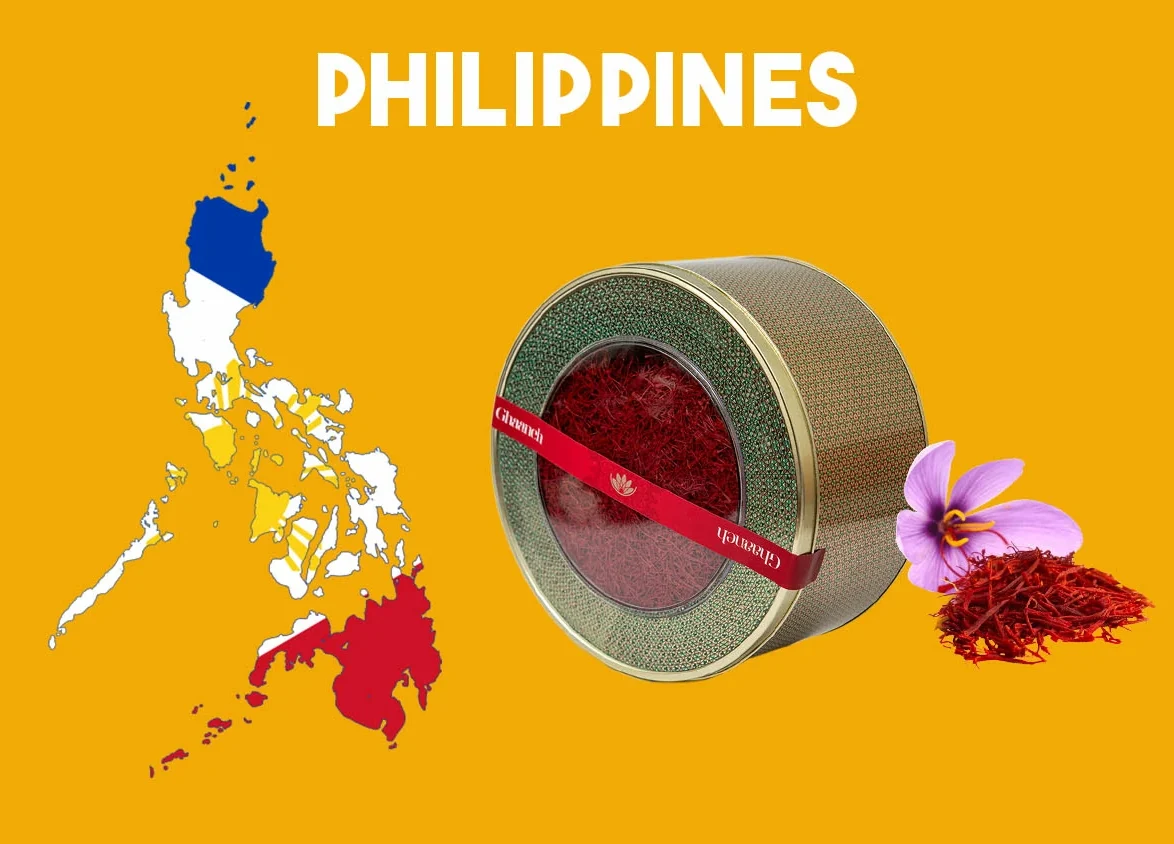
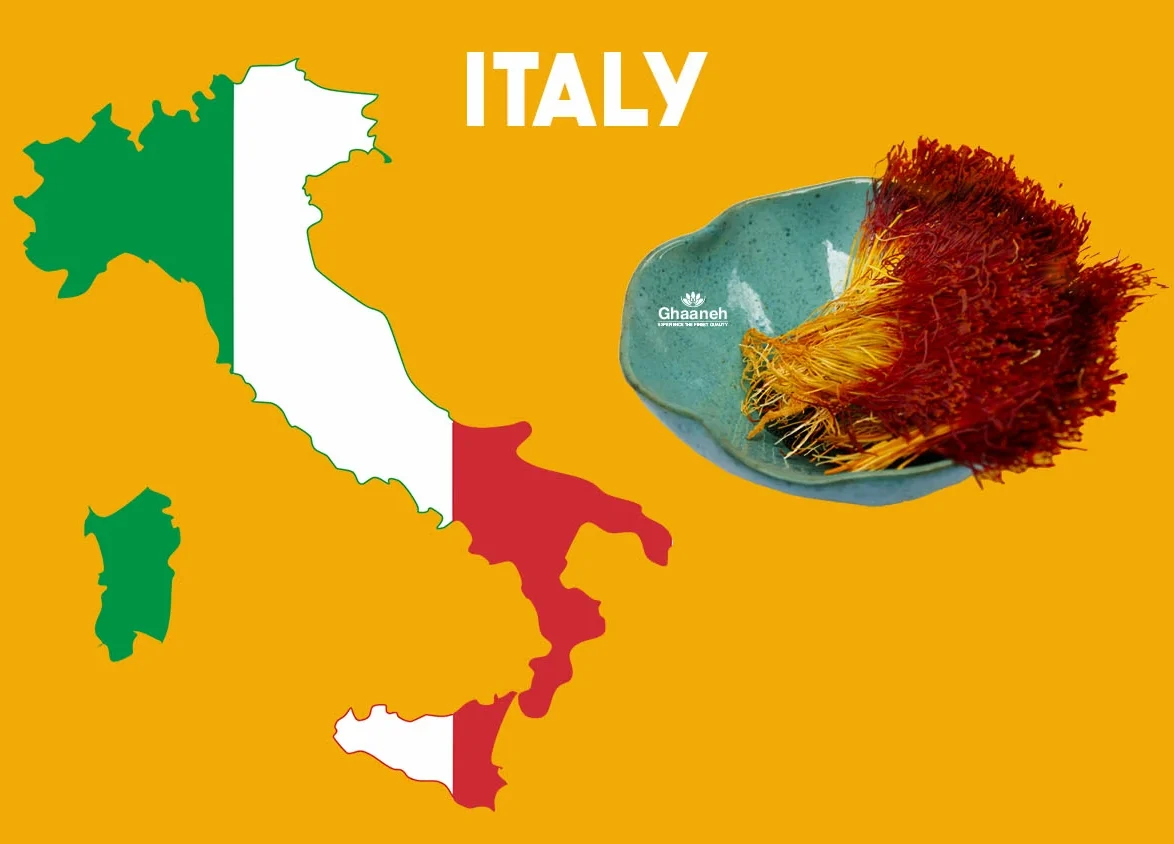
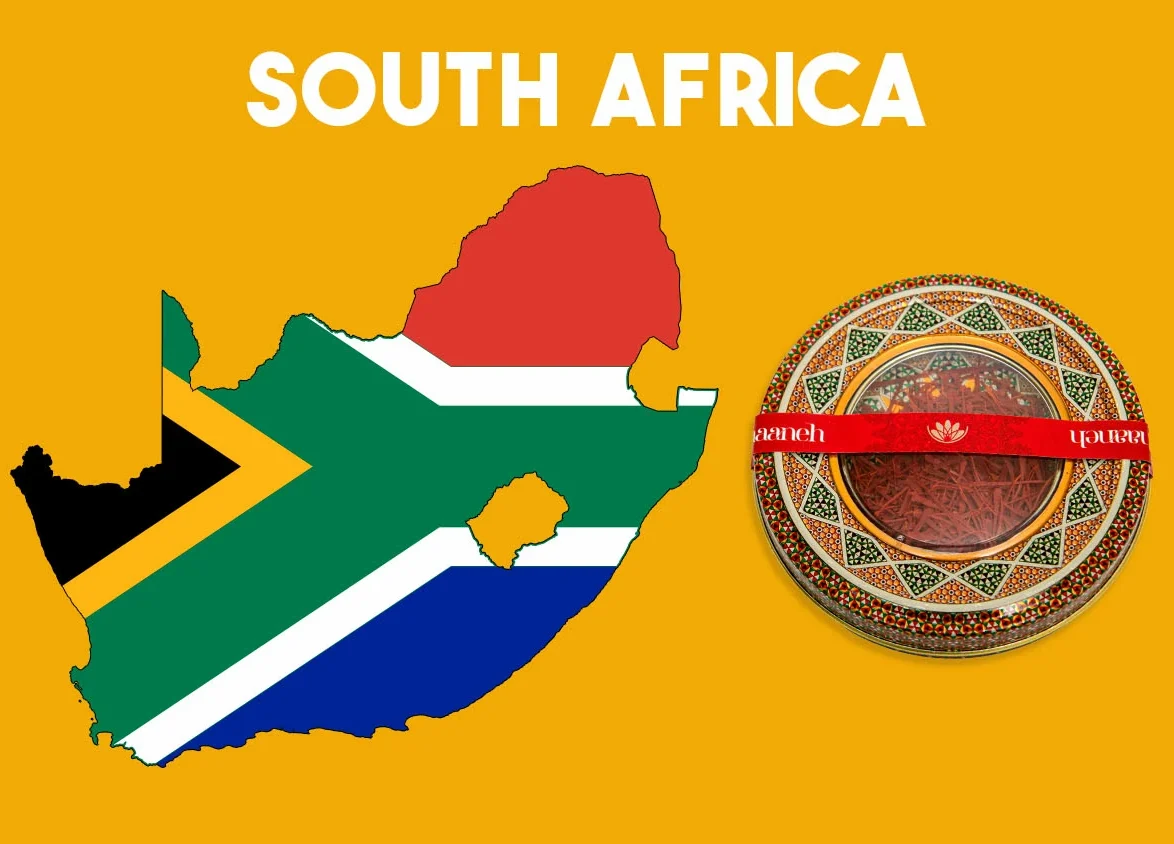
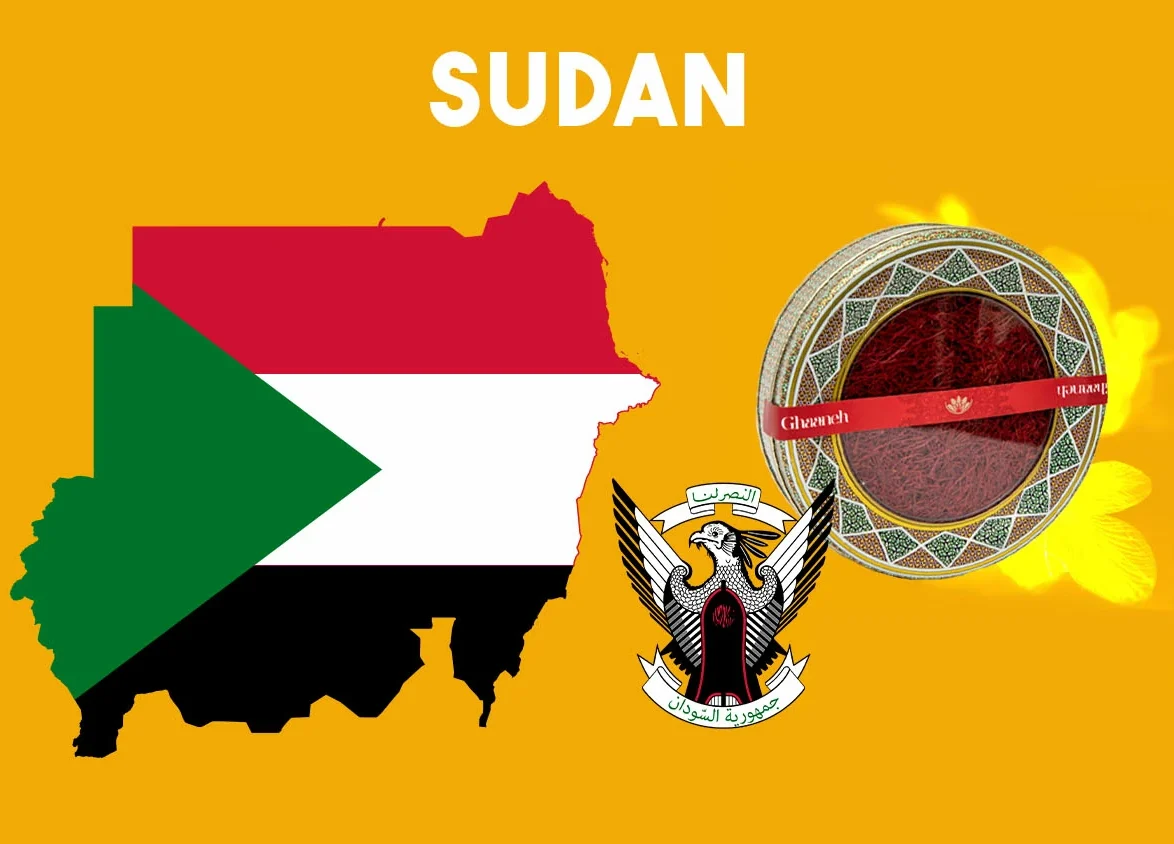
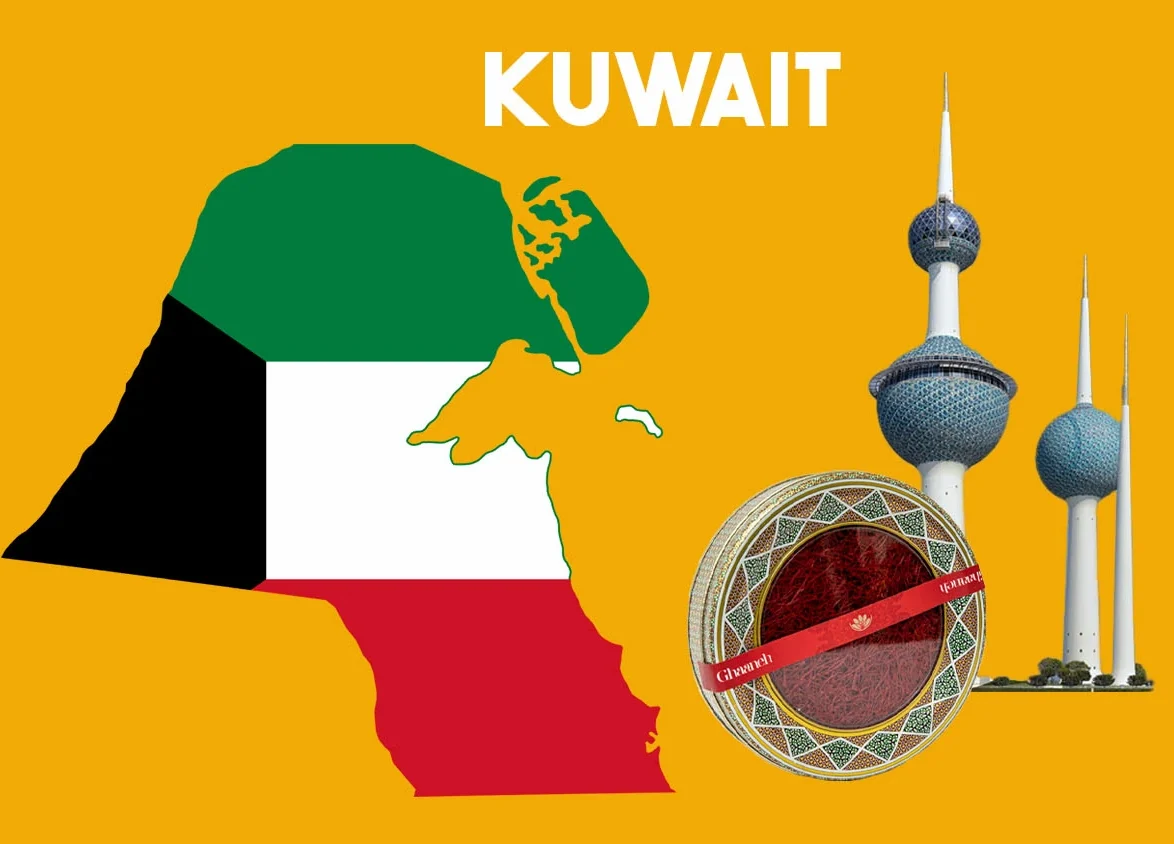
Nothing compares to saffron powder. it’s easy and it does have a great coloring effect. Loved it, thanks to ghaaneh saffron.
I was curios about saffron and i landed in your shop (looks amazing btw), I have never made an online order for saffron, so when I made my first attempt and trusted ghaaneh saffron, they truly delivered. I will certainly buy again when I run out of saffron. THANKS
Excellent product, i had the pleasure to enjoy this saffron with a decent price! kudos to you guys.
Oh to have the Persian saffron in your rice dish is a blessing! thank you ghaaneh for this amazing delivery.
Never had such a good online shop experience, i tell you from the moment i contacted you guys to the second you delivered to my doorstep, it all was smooth! thanks and will be buying again.